The art of making scallion oil noodles is a cherished tradition in many Asian households. Among the various versions, the 10-minute scallion oil noodles stand out for their simplicity and depth of flavor. This dish, though quick to prepare, relies heavily on one key component: perfectly crafted scallion oil. The technique of preparing and storing this oil can elevate your noodles from good to extraordinary.
Scallion oil, or cong you as it’s known in Chinese cuisine, is more than just infused oil—it’s a flavor powerhouse. The process involves slowly frying scallions until they turn golden and crisp, releasing their natural sweetness and aroma into the oil. The result is a rich, fragrant oil that can transform plain noodles into a dish bursting with umami. While the noodles themselves take mere minutes to cook, the scallion oil can be made in advance and stored, making future meals even quicker.
One of the secrets to achieving the best scallion oil lies in the choice of ingredients. Fresh scallions with vibrant green tops and firm white bases are ideal. Some cooks prefer to include garlic or ginger for added complexity, but purists argue that scallions alone deliver the cleanest, most authentic taste. The oil used for frying also matters—neutral oils like vegetable or peanut oil work well, as they don’t overpower the scallions’ delicate flavor.
The method of preparation is straightforward but requires attention. Sliced scallions are gently fried in oil over low heat. The slow cooking process ensures that the scallions caramelize without burning, which would introduce bitterness. Patience is key; rushing this step can ruin the entire batch. Once the scallions turn golden brown, they’re removed from the oil, leaving behind a beautifully infused liquid gold.
Storing scallion oil properly is crucial for maintaining its freshness. Once cooled, the oil should be transferred to an airtight container and refrigerated. Properly stored, it can last for weeks, ready to be used whenever the craving for scallion oil noodles strikes. Some enthusiasts even freeze portions of the oil for longer shelf life, though refrigeration is usually sufficient for most home cooks.
When it comes to assembling the dish, the process is refreshingly simple. Cooked noodles are tossed with the scallion oil, a splash of soy sauce, and sometimes a touch of sugar or vinegar for balance. The reserved crispy scallions can be sprinkled on top for added texture. The beauty of this dish lies in its versatility—it can be enjoyed as is or customized with toppings like a soft-boiled egg, shredded chicken, or chili oil for heat.
The appeal of scallion oil noodles extends beyond its taste. It’s a dish that embodies practicality and comfort. For busy individuals, having a jar of scallion oil in the fridge means a delicious meal is never more than 10 minutes away. For home cooks, it’s a testament to how a few quality ingredients, treated with care, can create something greater than the sum of its parts.
In recent years, this humble dish has gained international recognition, appearing on menus in trendy restaurants and food blogs worldwide. Yet, its soul remains in home kitchens, where generations have passed down their own variations of the recipe. Whether you’re a seasoned cook or a beginner, mastering scallion oil noodles is a rewarding endeavor—one that promises delicious returns with minimal effort.

By /Jul 31, 2025

By /Jul 31, 2025
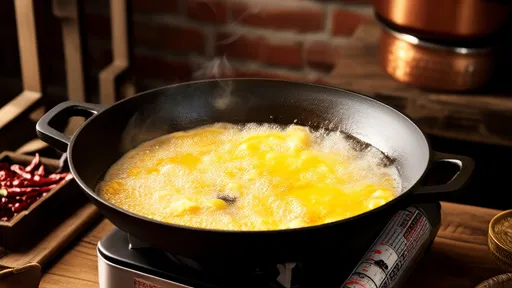
By /Jul 31, 2025
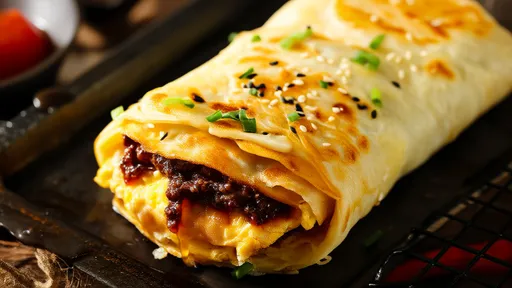
By /Jul 31, 2025
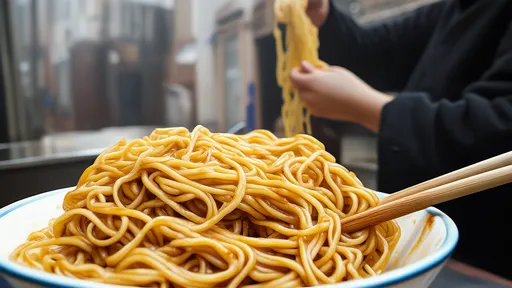
By /Jul 31, 2025

By /Jul 31, 2025

By /Jul 31, 2025
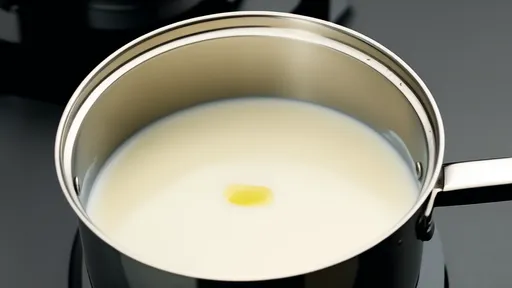
By /Jul 31, 2025

By /Jul 31, 2025

By /Jul 31, 2025
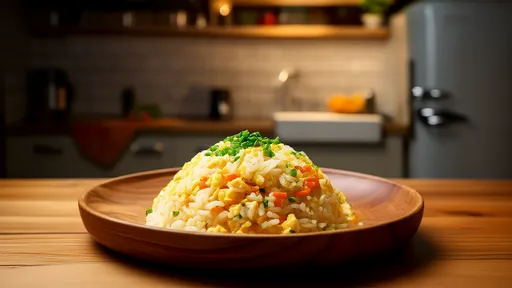
By /Jul 31, 2025
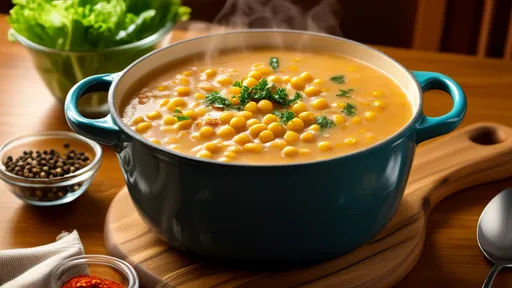
By /Jul 31, 2025
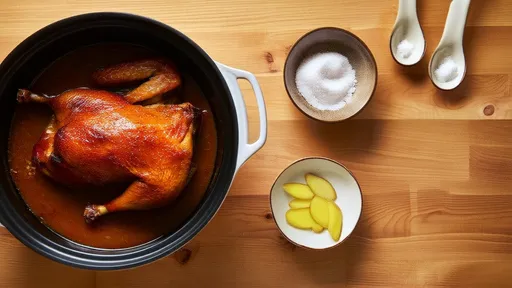
By /Jul 31, 2025
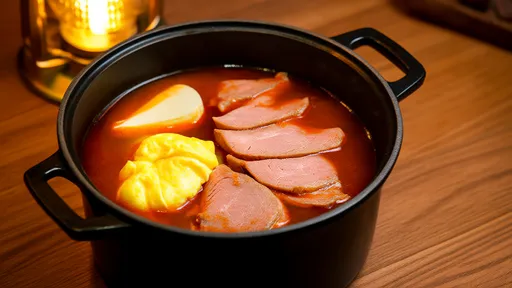
By /Jul 31, 2025
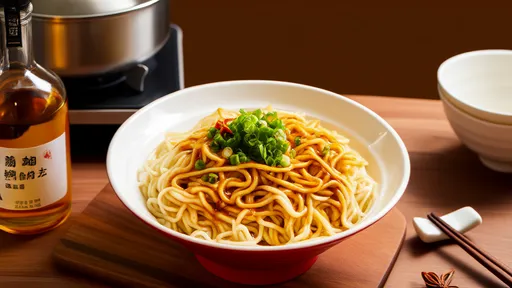
By /Jul 31, 2025
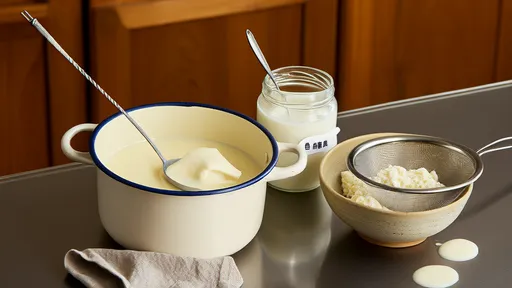
By /Jul 31, 2025
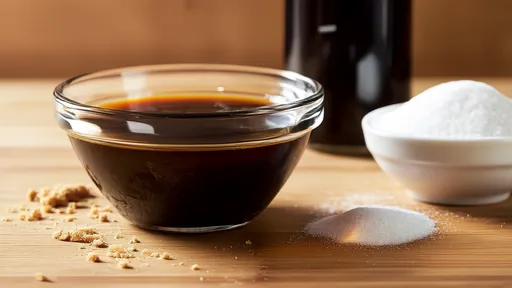
By /Jul 31, 2025
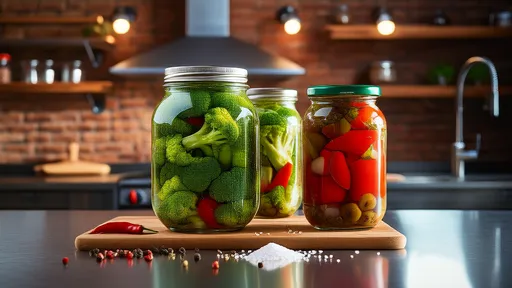
By /Jul 31, 2025

By /Jul 31, 2025

By /Jul 31, 2025